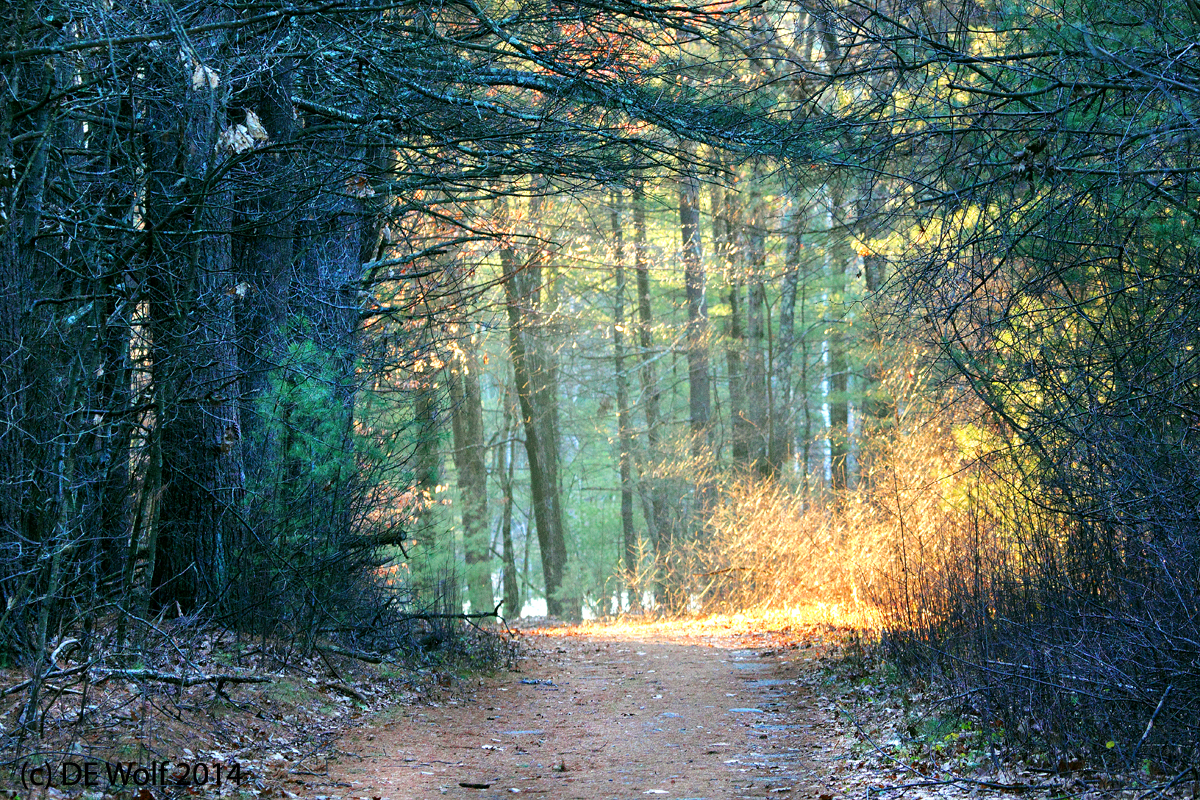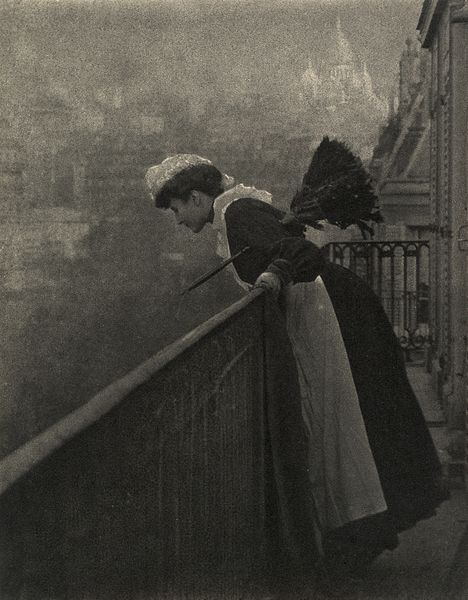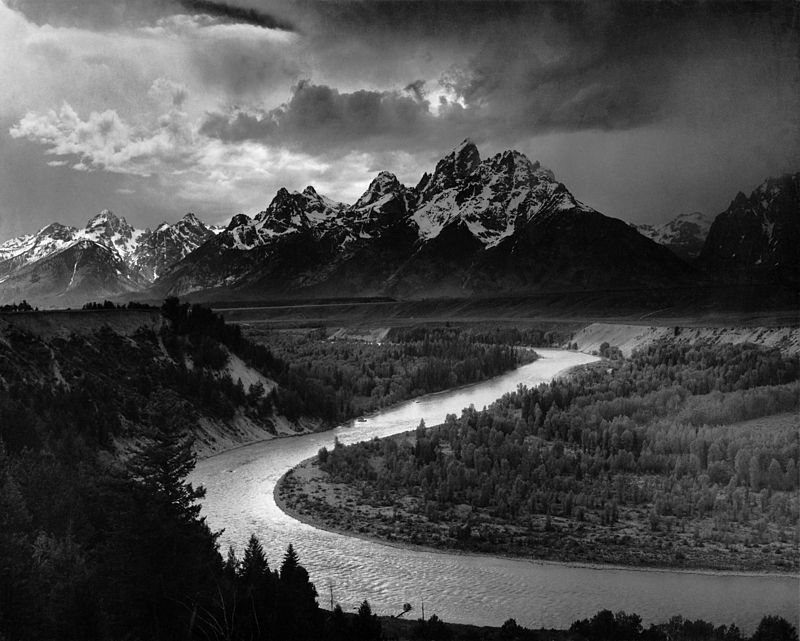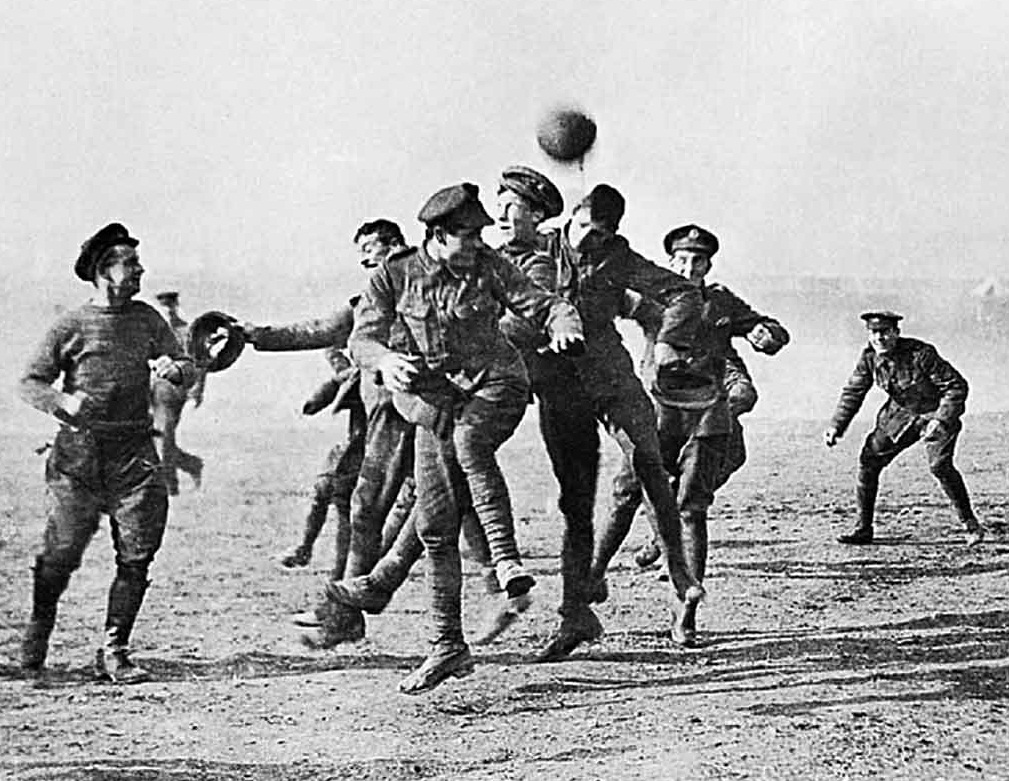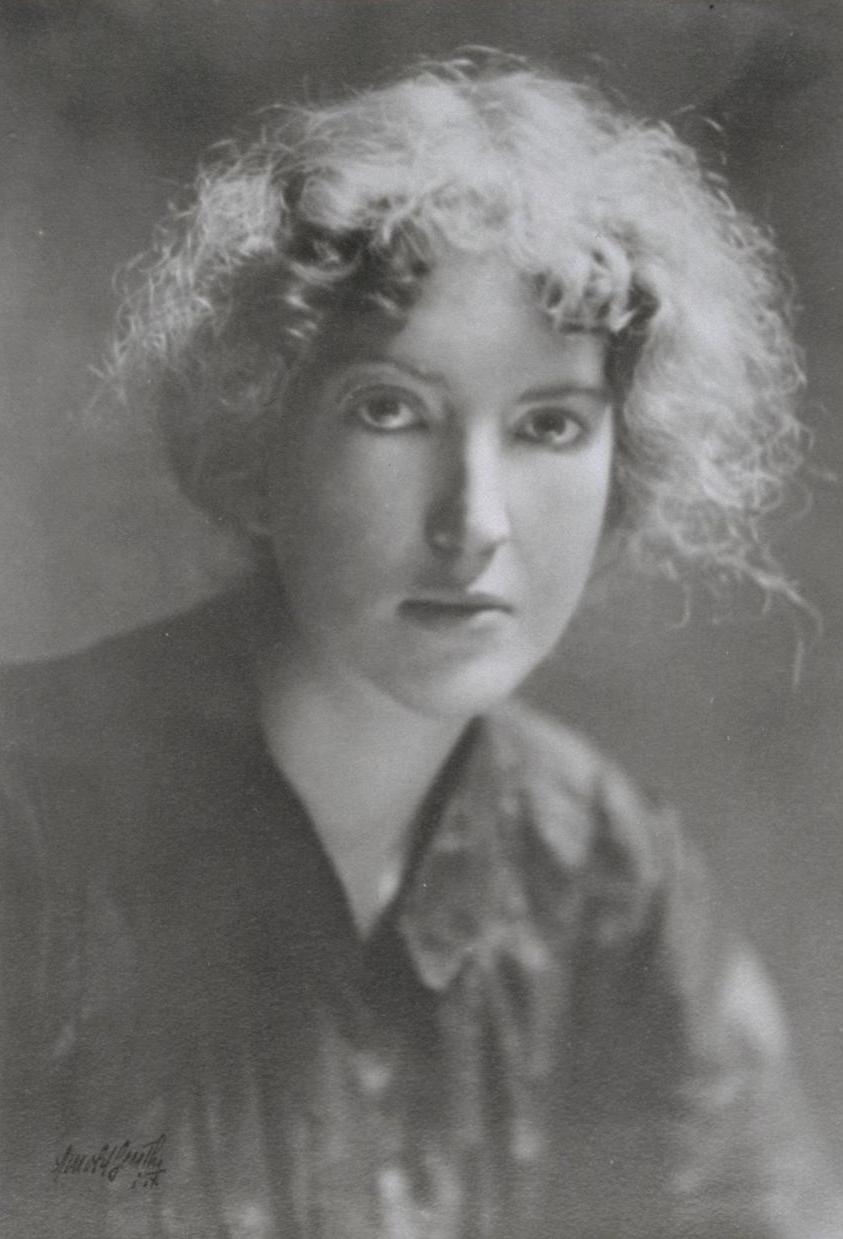
Figure 1 – Arnold Genthe, Nora May French, 1907. From the Wikimediacommons and in the public domain because of its age.
I continue to be extremely intrigued by autochromes. As a result, I do a lot of web searches on them. So, not a surprise, I have become quite interested in an early adopter of this technology the German American photographer, Arnold Genthe, who created some very marvelous autochromes at the turn of the nineteenth/twentieth century. So in preparation for this “Favorite and Noteworthy Photographs 2014” I found myself studying Genthe’s work, particularly the extensive collection of the United States Library of Congress. To my surprise what kept drawing me, almost mesmerizing me, was not an autochrome but rather the beautiful sepia image of Figure 1, a portrait of American Poet Anna-May French.
Born in Berlin, in his day Genthe was famous for his images, often taken with a hidden camera, of San Francisco street life. He was an early documenter of San Francisco’s Chinatown. His studio was destroyed in 1906 by the great San Francisco earthquake and fire. Probably his most famous photograph was of this great disaster, Looking Down Sacramento Street, San Francisco, April 18, 1906. Soon after the earthquake, Genthe joined the artists’ colony in Carmel-by-the-Sea, and it was there that he met an photographed Anna-May French.
Why is this photograph appealing? To me it is the soft Vermeer side light. The eyes with their catch-light have a lovely appeal and are filled with what William Butler Yeats referred to as “the pilgrim soul in you.” But most of all there is the way that the lighting dramatically emphasizes the wildness of the subject’s hair. It is just wonderful.
And as for the story behind those eyes, of Nora’s “pilgrim soul”, Nora May French (1881-1907), the dates a very ominous. French was a bohemian poet in Carmel-by-the Sea circles. She was trapped in the ambiguity of the bohemian lifestyle for a young woman of her day, tormented by social pressure to accept a conventional marriage. On November 11, 1907 while staying with friends in Carmel Nora attempted suicide with a handgun. But as a result of her trembling hand, she missed her mark only shooting off a lock of her hair. But during the night of November 13-14 she killed herself by ingesting cyanide. As a tribute, her friends collaborated in having a memorial collection of French’s poems published in 1910. The rest, as Hamlet said was silence, for almost a hundred years. In 2009 her poems were republished as “The Outer Gate: The Collected Poems of Nora May French.” On the cover is Genthe’s portrait.

